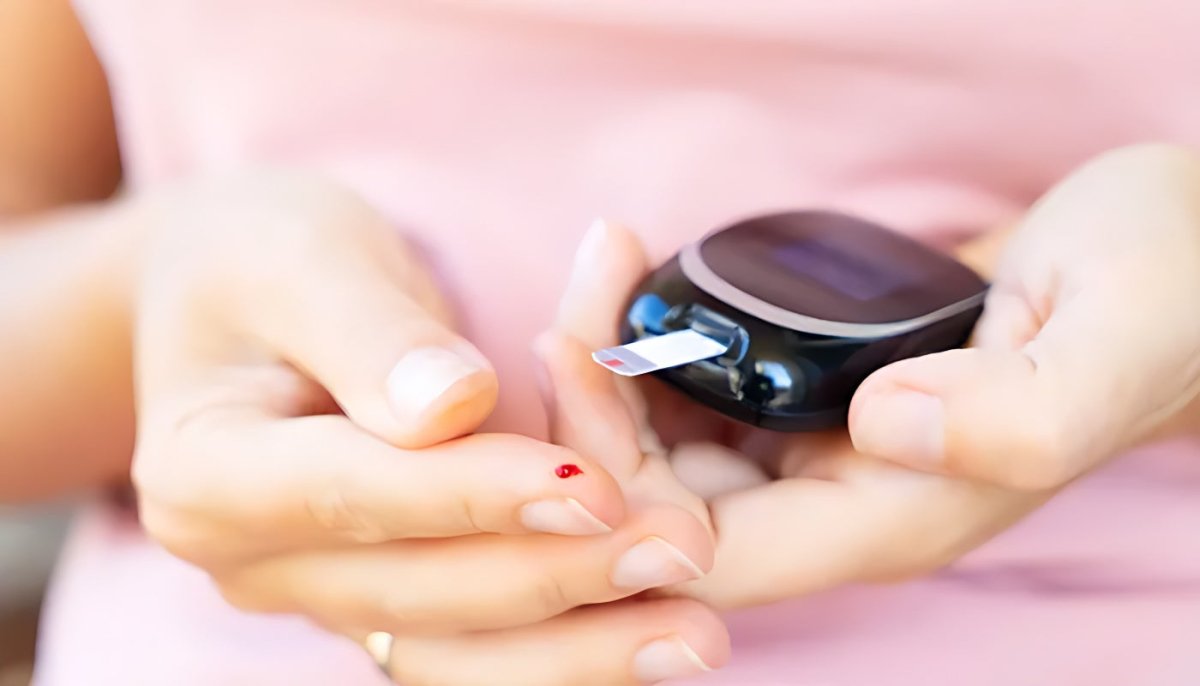Most people with prediabetes have no symptoms. That's why it's important to see your primary care provider regularly so they can perform screenings like a basic metabolic panel to check your blood sugar levels. This is the only way to know if you have prediabetes.
For the few people who experience symptoms of prediabetes, they may include:
Skin tags on dark skin in your armpits or on the back and sides of your neck. Eye changes that can lead to diabetes-related retinopathy.The same factors that increase the risk of developing type 2 diabetes also increase the risk of prediabetes. These reasons include:
Weight:
Being overweight is a primary risk factor for prediabetes. The more fatty tissue you have—especially the muscle and skin around and in your abdomen—the more resistant your cells are to insulin.Insulin Resistance:
Prediabetes often begins with insulin resistance, where the body's cells become less responsive to insulin. Insulin is a hormone that helps glucose (sugar) from food enter cells for energy. When cells become resistant to insulin, more insulin is needed to keep blood sugar levels normal.
Diet:
Eating red and processed meat and drinking sugar-sweetened beverages are associated with a higher risk of prediabetes.Age: Although diabetes can occur at any age, the risk of prediabetes increases after the age of 35.
Race or ethnicity: Although it's unclear why, some people — including blacks, Hispanics, American Indians, and Asian Americans — are more likely to develop prediabetes.
Gestational diabetes:
If you have diabetes while pregnant, you and your baby are at risk of developing prediabetes.
Risk factors for prediabetes include:
Family history of type 2 diabetes
Overweight or obesity Being physically active less than three times a week.
45 or older and smoke.Obstructive sleep apnea.
Had gestational diabetes.
Polycystic ovarian syndrome
Race and ethnicity are also factors. You are at increased risk if you:
blackHispanic/Latino American.
Native Americans
Pacific Islands.
Asian American.
Some of these risk factors you cannot change, such as your age and family history. But others, such as physical inactivity and smoking, can help you improve. The more of these risk factors you have, the more likely you are to develop pre-diabetes – or that you already have it.
It's important to talk to your primary care provider about screening for prediabetes. While it may be psychologically easier to avoid finding out, knowing and taking action is extremely valuable to your long-term health.
Sleep:
People with obstructive sleep apnea — a condition that causes repeated sleep disturbances — are at increased risk of insulin resistance. People who are overweight or obese are at a higher risk of developing obstructive sleep apnea.Tobacco use:
Smoking can increase insulin resistance and increase the risk of type 2 diabetes in people with prediabetes. Smoking increases your risk of complications from diabetes.
Prediabetes increases the risk of serious health problems, including:
1. Heart attack
2. Stroke3. blindness
4. Kidney failure
5. Loss of toes, feet or legs










